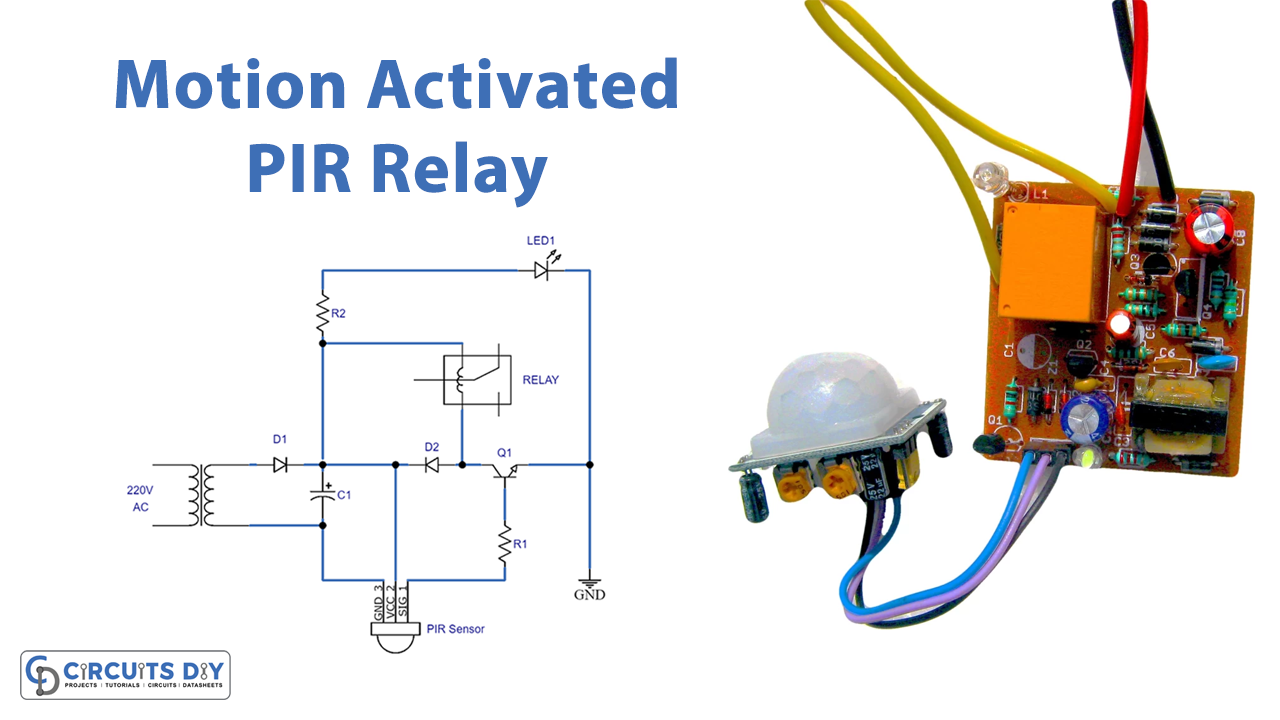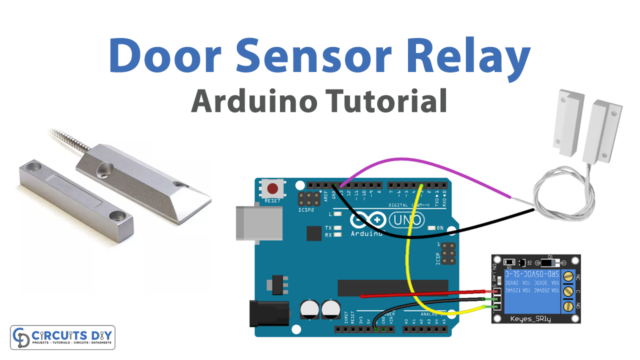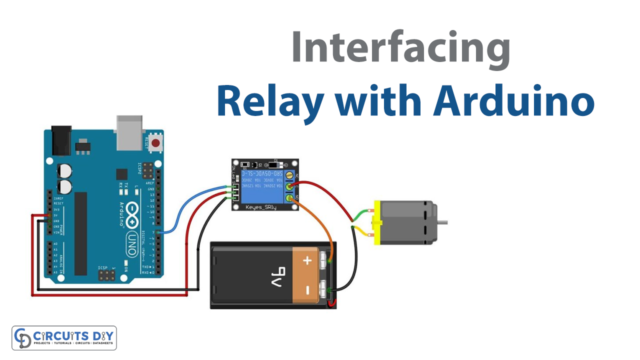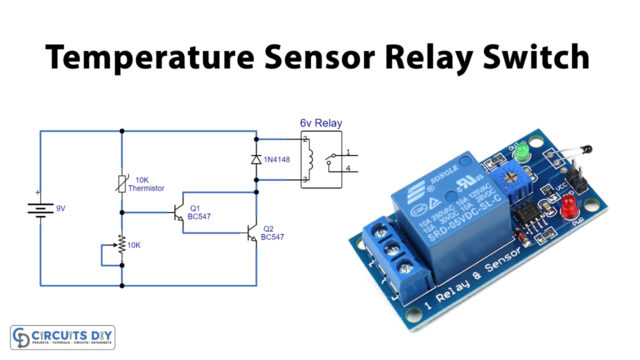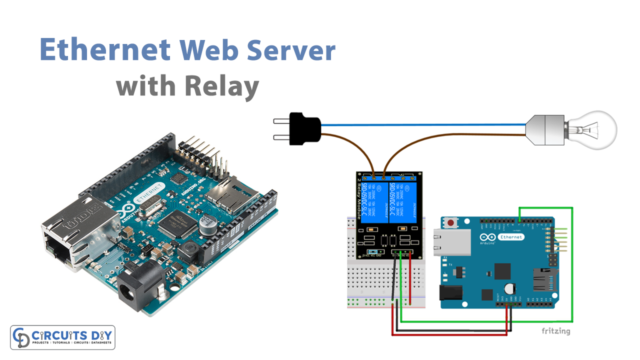Introduction
Step into the world of automation with the power of motion detection! This Motion Activated PIR Relay Circuit is the perfect solution for adding a touch of convenience to your everyday life. Whether it’s turning on the lights in your home, activating a security system, or simply triggering an alarm, this circuit provides you with the means to make things happen just with a wave of your hand.
Say goodbye to fumbling in the dark or manually turning on switches, and get ready to experience the future of motion-activated technology.
Hardware Required
You will require the following hardware for Motion Activated PIR Relay Circuit.
| S.no | Components | Value | QTY |
|---|---|---|---|
| 1 | Transformer | T1 – Transformer 0-12V | 1 |
| 2 | Polar Capacitor | C1- 1000uf, 25V | 1 |
| 3 | Resistor | R1 – 10K, R2 – 1K, | 2 |
| 4 | RY1 | RY1 – Relay 12V | 1 |
| 5 | Transistor | Q1 – BC547 | 1 |
| 6 | Diode | D1, D2 – 1N4007 | 2 |
| 7 | LED | L1 – LED(green) | 1 |
Circuit Diagram

Working Explanation
A Passive Infrared (PIR) sensor is used in this circuit to detect the presence of a human. Unlike active sensors, PIR sensors don’t emit any infrared radiation but detect the infrared radiation released by humans.
The circuit consists of an HC-SR501 PIR motion sensor at its core. When the sensor detects motion, it outputs a small signal voltage (usually 3.3 volts), which is then fed to the base of the transistor BC547 via a current control resistor. The output of the transistor goes high and switches the relay on. The relay can be connected to an electrical bulb, night lamp, or any other device that operates on 220VAC.
By default, the sensor is set in the “H” mode, which means the circuit turns the light on when motion is detected and keeps it on for a preset time. If the sensor still senses motion after the preset time has elapsed, the light remains on, and if no motion is detected, the light turns off.
Weaknesses of PIR Motion Sensors
One of the limitations of PIR motion sensors is that they may turn the lights on unnecessarily if an animal, such as a dog or a rat moves in front of them. In cold countries, the sensing range of the sensor may increase, leading to unwanted switching of lights due to the longer travel distance of infrared radiation released by humans. If installed in backyards, the lights may turn on when a car passes by due to the hot engine radiating infrared.
Final Words
The use of a motion-activated PIR relay circuit can result in significant energy savings and add convenience to your daily life. By controlling the lights based on human presence, electricity is conserved, and bills can be reduced. So, try this circuit, and feel free to ask any questions!

